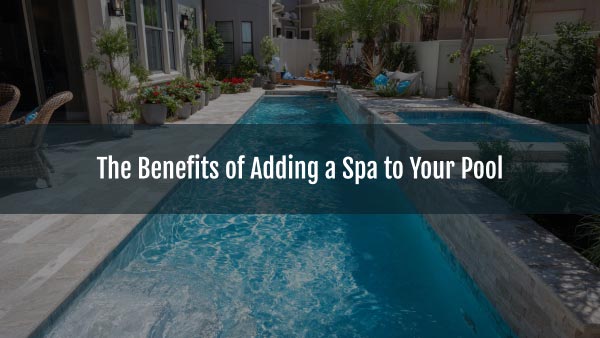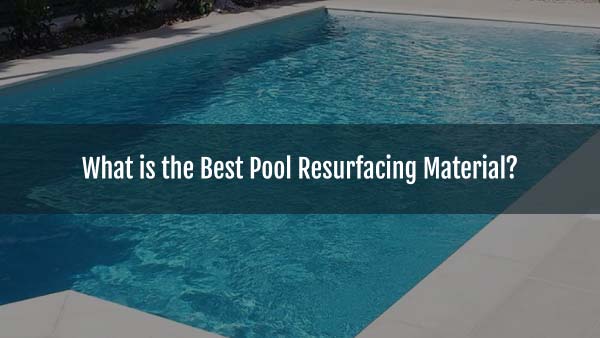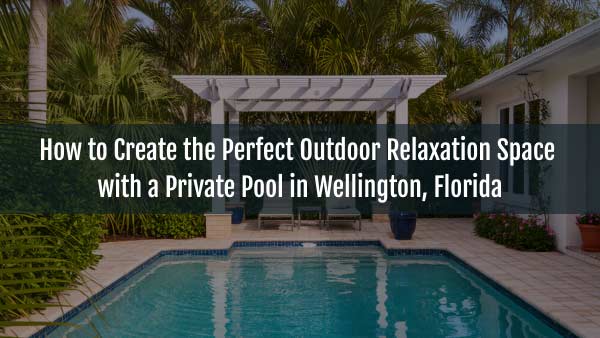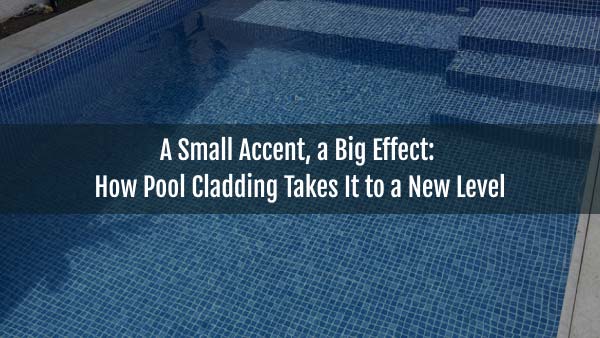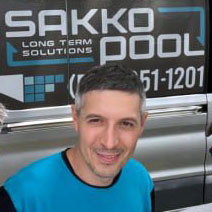Building a pool is a significant investment that can transform your backyard into an inviting retreat. However, the process can be complex and time-consuming, involving excavation, landscaping, and selecting the right pool lining. For homeowners, optimizing construction means planning ahead, choosing the right materials and methods, and working with professionals to minimize delays, costs, and disruptions. This article offers practical tips to streamline the process, covering various pool types, construction options, and materials, including ICF blocks for the basin and thick reinforced PVC membranes for cladding, which are increasingly popular. By following these steps, you can create a durable, efficient pool tailored to your needs.
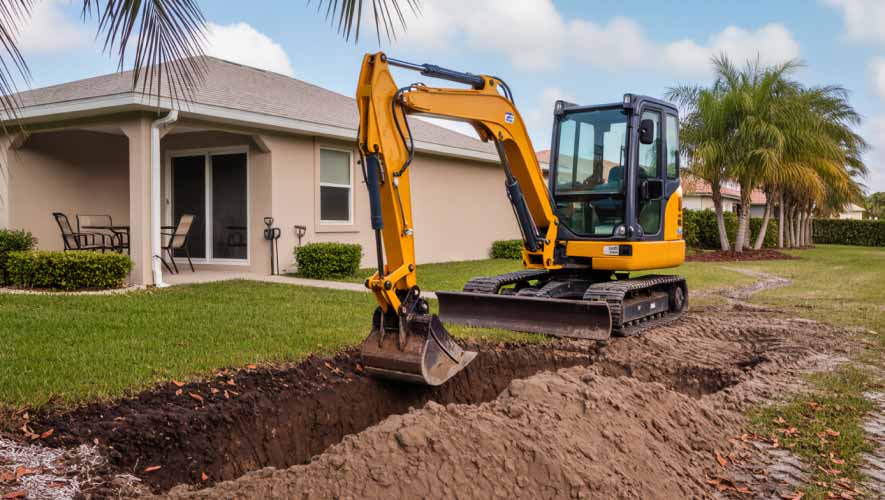
Plan Thoroughly and Set a Realistic Budget
Smart planning is the foundation of a construction process that avoids unexpected issues and costs. A rushed project without clear goals can lead to expensive changes later. For example, many homeowners turn to consulting for swimming pool building in Wellington to get professional guidance on budgeting, site evaluation, and material choices before starting their project.
- Assess Your Needs and Site: Evaluate your yard’s size, slope, soil type, and equipment access. Conduct a soil test to identify issues like expansive clay or rock that could delay excavation. Consider pool types: in-ground (concrete, fiberglass) for durability or above-ground for affordability and quick setup.
- Budget for All Costs: Account for construction costs starting at $80,000, permits ($250–$2,000), utility relocation, and ongoing maintenance. Add 10–20% for contingencies like weather delays. Energy-efficient options like ICF blocks for the basin can reduce long-term heating costs by up to 60%.
- Secure Permits Early: Contact local building departments for zoning laws, setbacks (often 5–10 feet from property lines), and safety requirements like fencing. Off-season applications (e.g., autumn) expedite approvals. Include HOA reviews if needed.
TIP: Use digital tools or stakes and string to visualize the pool’s layout, ensuring it fits your yard while leaving space for decking or landscaping.
Choose the Right Pool Type and Construction Method
Selecting the appropriate pool type and method optimizes efficiency, durability, and cost. In-ground pools allow customization but take longer; above-ground pools are faster but less permanent.
- In-Ground Pools:
- Concrete: Versatile for custom shapes but labor-intensive (8–12 weeks).
- Fiberglass: Pre-made shells install quickly (1–2 weeks) with smooth surfaces. Drawbacks include limited shapes and transport issues for large sizes.
- Above-Ground Pools: Quick assembly (days) and budget-friendly ($1,000–$8,000). Use steel, aluminum, or resin walls; ideal for temporary setups but less durable.

Consider ICF blocks for in-ground pool shell. These insulated concrete forms, made of polystyrene, stack like Lego pieces and are filled with rebar-reinforced concrete for high strength. Benefits include faster construction (less labor, no heavy formwork), energy savings (60% less heat loss), and resistance to disasters (fires, earthquakes). ICF basins pair well with thick reinforced PVC membrane cladding, cutting construction time by 50% compared to traditional formwork.
TIP: For sloped or small yards, ICF blocks minimize excavation, saving 20–30% on site prep.
Select Durable and Efficient Materials
Materials impact speed, maintenance, and longevity. Choose low-maintenance options to avoid future issues.
- Basin and Structural Materials:
- Traditional: Poured concrete offers strength but requires up to 28 days to cure.
- ICF Blocks: Lightweight polystyrene forms for pool basins; easy to cut and stack. Benefits: Quick assembly (days vs. weeks), superior insulation for heated pools, and mold resistance. Long-term savings from reduced energy use.
- Steel/Aluminum Panels: Used for modular pools; fast but prone to corrosion without proper coating.
- Lining and Finishing Materials:
- Plaster: Classic smooth surface but porous (prone to algae/stains; lasts 5–10 years).
- Tile: Luxurious and durable (10–15 years) but 3–4 times more expensive with high grout maintenance.
- Thick Reinforced PVC Membrane: A standout like Cefil 60 mil pool liner, with polyester mesh for puncture resistance. Benefits: Non-porous structure and acrylic varnish layer resist stains and algae, simplifying maintenance and saving 15–20% on chemicals. Quick installation and customizable (colors/textures mimicking tile/stone). Ideal for renovations and new builds; lasts 25–30 years.
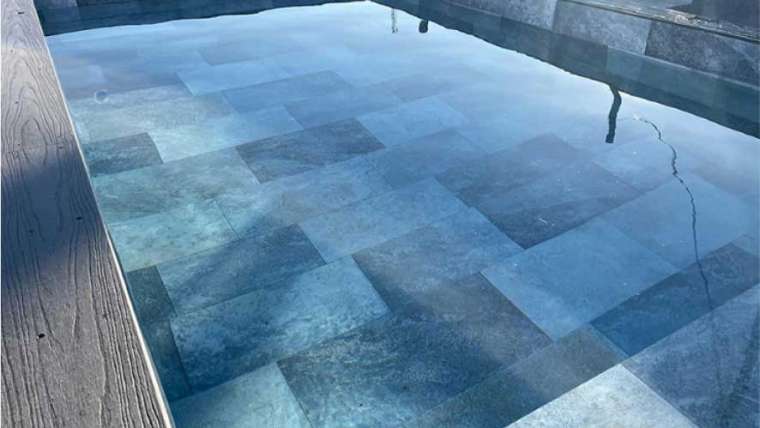
TIP: Using ICF blocks with PVC membranes reduces operational costs by 20–30%.
Hire Experienced Professionals and Communicate Regularly
A reliable team prevents costly mistakes. Poor communication causes 30% of delays.
- Check Contractor’s Background: Review feedback, past projects, and warranties. Inquire about subcontractors for plumbing/electrical.
- Clear Contracts: Specify timelines, materials (e.g., ICF/PVC membrane), and change-order processes. Outline payment stages (e.g., 50% upfront, balance on completion).
TIP: Choose contractors experienced with ICF/PVC for fast, error-free installation, avoiding unexpected costs.
Minimize Disruptions and Focus on Safety/Efficiency
Construction can disrupt your yard for weeks; plan to keep it smooth.
- Site Prep and Phasing: Clear the site early; work in stages to reduce downtime. Use ICF blocks for faster pool creation.
- Safety First: Install temporary fencing and ensure workers follow OSHA guidelines.
- Eco-Friendly Choices: ICF and PVC membrane reduce waste and energy use. Opt for solar heating to cut costs by 50%.
TIP: Build in the off-season (autumn) for lower rates and milder weather.
Have Questions?
Talk to our specialist! Just fill out the form, and we’ll give you a call!
Conclusion
Optimizing pool construction begins with thorough planning, choosing the right type/method (e.g., ICF pool shell for efficiency), and durable materials like thick reinforced PVC membranes for cladding. These choices save time, money, and hassle while ensuring a long-lasting pool. Purchase high-quality PVC membranes from SAKKO POOL, the official Cefil representative in the USA. With these tips, you can build your dream pool faster, enjoying it for years to come.



